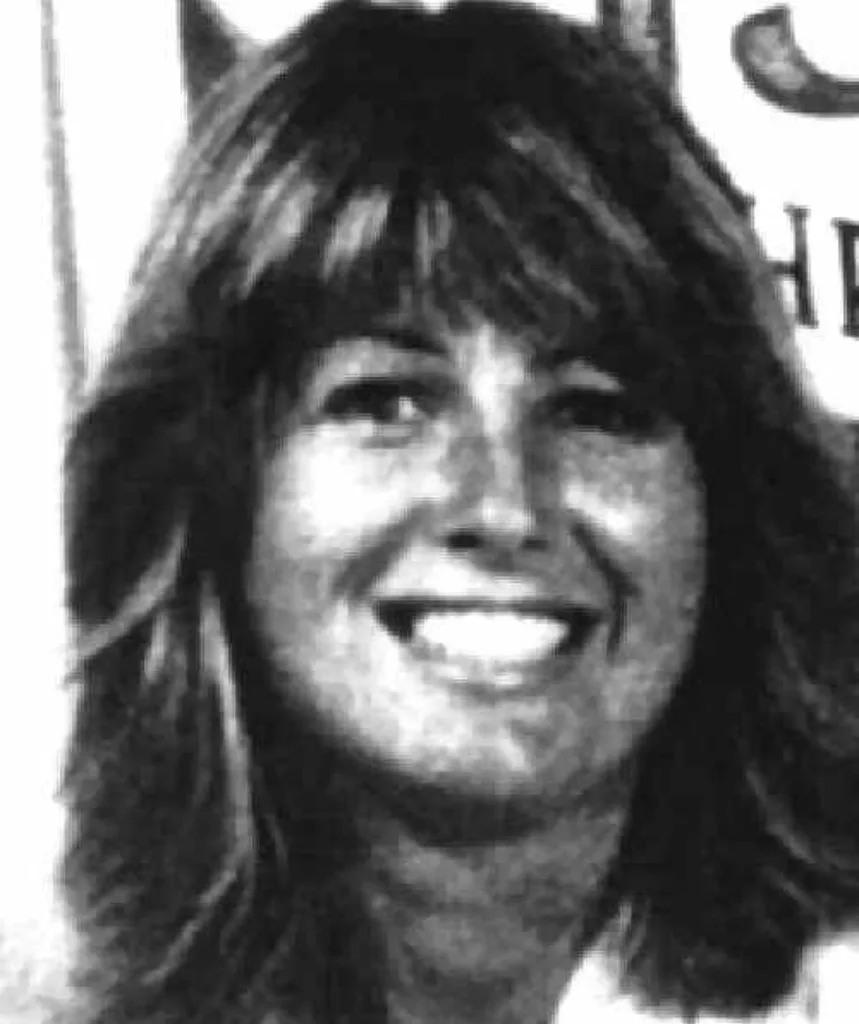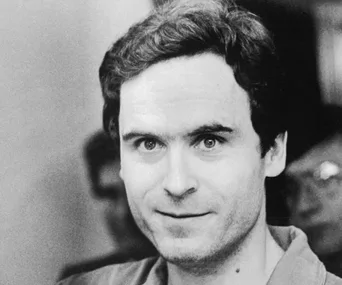The NSW North Coast region is home to beautiful beaches, tranquil bushland, perfect surf swells and potentially… a mystery Byron Bay serial killer.
It was recently claimed a single individual could be responsible for the murder or disappearance of 67 women from the region between 1977 and 2009.
Narelle Cox is one of those missing people. She was just 21 years old when she left her home in Grafton in July 1977 and planned to hitchhike to visit a friend in Noosa. The last person believed to have seen her is a truck driver who took her from Grafton to Brunswick Heads.
Narelle’s family and friends have long believed her disappearance could be linked to notorious serial killer Ivan Milat, who was working in the area at the time.

BAFFLING MYSTERY
“If the truck driver dropped Narelle in the Brunswick Heads area like he said he did, that put her right in the hotspot of where people were going missing,” said Narelle’s best friend Sue Cantle in 2017.
But with police ruling out Milat as a person of interest in the ’90s, it’s now feared Narelle and other women who went missing in the area could have been the victim of another serial killer.
In December 1989, mother-of-two Susan Kiely, 33, disappeared without a trace in Bellingen and was recently named as a possible victim of a Byron Bay serial killer. Yet a coronial inquest completed in 2010 ruled there was not enough evidence to determine what happened to her.

No one has ever been charged and despite police claims that he may have been involved with her death, Susan’s ex-husband Robert Smith – who reported Susan missing a week after she was last seen – has always denied this.
He believes her friends buried her body after she died from a drug overdose.
In nearby Bundagen, the disappearance of 18-year-old Rose Howell is another baffling mystery. She vanished while on her way to see friends in Bellingen in April 2003.
She was reported missing two days later by her mother Malilia Howell after she failed to return home, which was uncharacteristic as she was excited for her upcoming birthday at the time.
HARMFUL THEORY
In December 2012, a coronial inquest ruled it was likely Rose had died, but the date, cause and place of her death could not be determined.
In 2023 NSW Police announced a $750,000 reward for information and this July investigators seized and forensically examined a car, which could have a connection to Rose’s disappearance.
The vanishing of others in the area, including Belgian backpacker Theo Hayez in 2019, teenager Jasmine Morris in 2009 and Daneeka Nixon in 2006 remain unsolved.

However Director of the Australian Missing Persons Register, Nicole Morris, is concerned the idea of a coastal serial killer could be harmful to investigations and the families of missing persons.
“It’s dangerous to say all these people were killed by one person because it means you’re not investigating each individual disappearance or homicide,” she tells Woman’s Day.
“Most of our population live by the coast, and we’re talking about a time period over 50 years, so it’s a statistical fact that more people go missing from these areas.”
While the families of missing persons remain hopeful they will find answers, Nicole says investigatory techniques and a lack of technology during the ’70s and ’80s make it near impossible to solve
some of these cases.
CLOSE CALLS
“Predators were finding it easy to hunt young hitchhikers because it was very common, and we didn’t have CCTV, DNA or mobile phones,” Nicole explains. “At the time, missing persons were regarded as runaways and police just took down a report and told families to see if their loved ones turned up.”
While other women have come forward to tell of their close calls around the Byron area, NSW Police deny the likelihood of this being the work of a serial killer.
They point out that several strike forces and task forces have probed the disappearance of women on the state’s North Coast over the years.
“To this date, there is no evidence to indicate a common offender was responsible for the disappearances,” a police spokesperson says.
DID I ESCAPE THE BYRON BAY KILLER?
Former Big Brother Australia contestant Laura Clare tells Woman’s Day she had a brush with death in 2008 when a man in a van picked her and a friend up while they were hitchhiking from Byron to nearby Suffolk Park.
“I got in the front [of the van] and there was a big rusty knife on the seat,” says Laura, 37. “Instead of getting out of there, I just put it on the floor.”

While travelling with the man, she asked what he did for a living and he replied that he was a chef but he wasn’t working at that time.
“That’s when I realised I needed to get out of that van, so he pulled over and let us out,” she tells.
Others have shared their similar experiences on social media. “People are scared,” one woman said.
Nicole Morris’ book ‘Missing’ can be purchased from Big W.




